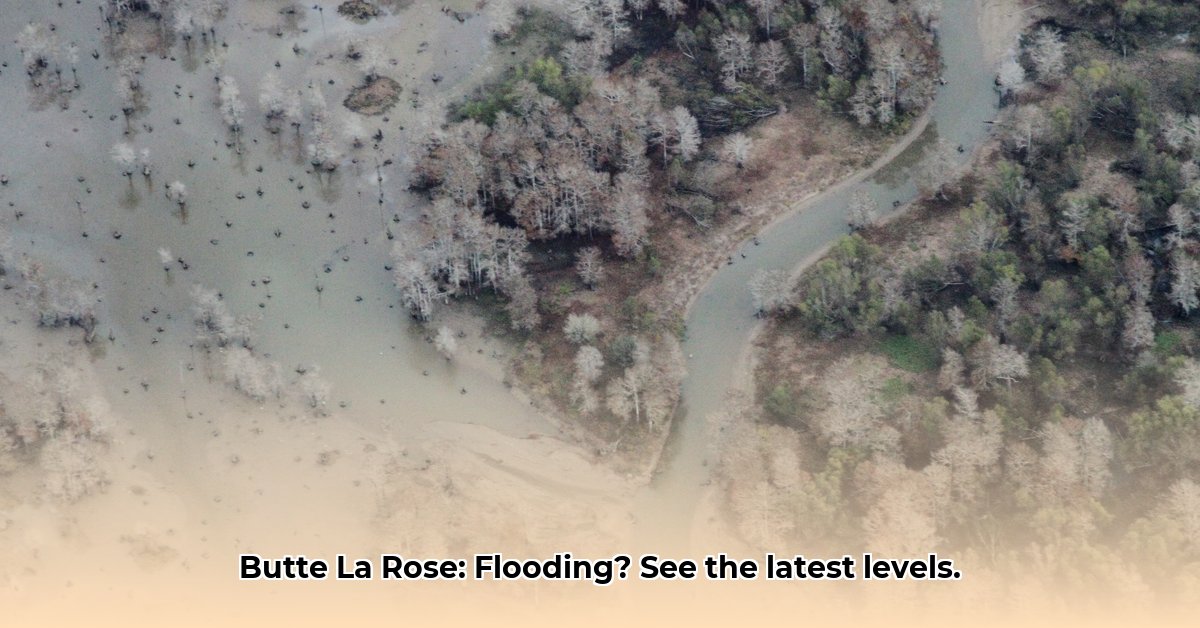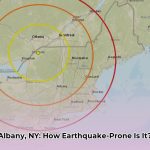Current Status
Current water level data for Butte La Rose, LA is unavailable for the period of March 7-14, 2025, according to the USGS. The last recorded measurement, taken on March 6, 2025, at 1:00 AM CST, was 16.07 ft. The reason for this data gap is currently undetermined.
Flood Stages
Flood stages for the Atchafalaya River at Butte La Rose are:
- Action: 17 ft
- Minor: 20 ft
- Moderate: 25 ft
- Major: 28 ft
Data and Resources
- Data Source: USGS Water Data for the Nation
- Historical Data: Water level data for this location is available from 1996 to present on the USGS website.
Understanding the Atchafalaya River at Butte La Rose
The Atchafalaya River plays a vital role in the Butte La Rose ecosystem and community. Fluctuations in its water level can have significant impacts, ranging from minor inconveniences to major flood events. Several factors influence these water levels, including:
- Rainfall: Precipitation upstream in the Atchafalaya Basin is a primary driver of water level changes. Heavy rainfall can lead to rapid rises in the river, potentially exceeding flood stages.
- Flood Control Structures: The operation of dams and spillways within the basin affects the flow and level of the Atchafalaya River. These structures are managed to mitigate flood risks, but their operations can still influence water levels at Butte La Rose.
- Tides: While less pronounced than rainfall or flood control measures, tidal influences from downstream can also contribute to minor fluctuations in the river’s level at Butte La Rose. This impact is generally more subtle than other factors.
- Natural Variations: The Atchafalaya River, like all natural systems, experiences inherent variability. Factors such as seasonal changes in rainfall patterns and ground absorption rates can influence the river’s base level and its response to other factors.
Interpreting Flood Stages
The defined flood stages for Butte La Rose provide crucial context for understanding the potential impacts of rising water levels:
- Action Stage (17 ft): This stage serves as an initial alert, indicating that the river is approaching levels of concern. It prompts increased monitoring and preparations for potential flooding in low-lying areas. While not necessarily a cause for alarm, it signals the need for vigilance.
- Minor Flood Stage (20 ft): At this stage, flooding is likely to begin in the most vulnerable, low-lying areas. While impacts may be localized, they can still cause disruptions and require precautions. Residents and businesses in these areas should be prepared for potential flooding and consider taking preventative measures.
- Moderate Flood Stage (25 ft): Reaching this stage signifies a more serious situation, with increased flooding and wider-ranging impacts. Flooding may extend beyond the immediate riverbanks, affecting roads, structures, and potentially requiring evacuations of vulnerable areas. The impacts can be substantial, requiring greater preparedness and response from the community and authorities.
- Major Flood Stage (28 ft): This is the highest alert level, indicating a major flood event with potentially severe consequences. Extensive flooding is expected, posing significant risks to life and property. Widespread evacuations are likely necessary, and significant resources are required for emergency response and recovery.
Utilizing Historical Data
Historical data available on the USGS website offers valuable perspectives for understanding long-term trends and potential future risks. While past behavior does not guarantee future performance, it can reveal patterns and tendencies.
- Long-Term Trends: Analyzing historical data allows for the identification of long-term trends in water levels. This may reveal increases or decreases in average water levels over time, which could suggest impacts of climate change, land use changes, or other factors. However, correlating these trends with specific causes requires further research and analysis.
- Frequency Analysis: Examining historical data allows for the analysis of flood frequency. By studying the recurrence interval of floods of different magnitudes, researchers can estimate the likelihood of future flood events. This information is crucial for planning and mitigation efforts.
- Data Gaps and Limitations: It’s important to acknowledge that historical data, while valuable, can have limitations. Data gaps, like the one observed from March 7-14, 2025, can hinder analysis and make it difficult to draw definitive conclusions. Furthermore, historical data primarily reflects past conditions and may not fully capture future scenarios influenced by factors like climate change.
While the current lack of data presents a challenge, understanding the historical context, flood stages, and the factors influencing the river’s behavior can empower residents and stakeholders to make informed decisions and stay prepared. The USGS remains the primary source for Atchafalaya River water level data. Regularly checking their website is recommended for updates and the eventual restoration of current data.
- How Did Charles F. Brush Discover Wind Energy Tech? - November 19, 2025
- Wind Energy Vertical: Weighing the Pros and Cons of Wind Power - November 16, 2025
- How Much Energy Does a Wind Turbine Actually Create? - November 14, 2025
















